Applications for Ohio Farm Bureau Health Plans now available
Members have three ways to apply: contacting a certified agent, calling 833-468-4280 or visiting ohiofarmbureauhealthplans.org.
Read MoreMatt Aultman knows all too well what federal dollars flowing into his community mean to the residents of Darke County.
From his county commissioner’s seat in Greenville, he’s tasked with helping sustain and enhance the quality of life for his constituents. As a farmer in a rural county with just over 50,000 residents, he knows how important it is for every person to be counted in the upcoming U.S. Census.

“When people of any county respond to the census, they help the community get a share of the more than $675 billion per year in federal funds that will be spent on schools, hospitals, roads, public works and other vital programs,” said Aultman, a Farm Bureau member who raises corn, soybeans and wheat as well as sheep, goats, rabbits and poultry with his wife, Morgan, and two children, along with other family members.
“Both my wife and I work off the farm,” he said. “I work three days a week as county commissioner and the other days as a feed and seed salesman at Keller Grain & Feed and Feed Operations for Treaty Mill LLC. My wife, Morgan, works as a high school science teacher for Ansonia Local Schools.”
All these jobs are impacted by an accurate census count and this year is a census year. Taking a count of every person in the country is mandated by the U.S. Constitution every decade, and this time it will be easier than ever to be counted. Results of the census impact federal community funding as well as representation at the state and local levels.
Starting in mid-March, information on completing the census will be mailed out to every address in America, with detailed instructions on how to complete the form.
April 1 has been designated “Census Day.” That is the day that the “snapshot” of the country will take place. Everyone is encouraged to count themselves where they are on that day. The census will be able to be completed online for the first time, as well as through the mail and via telephone. Door-to-door census takers will be around in May and June in an attempt to record anyone who has not already been counted.
“The census numbers not only help from a federal fund standpoint, but from an economic development point as well,” Aultman said. “Potential businesses use census data to decide where to build factories, offices and stores in our communities which in turn helps to create jobs. Developers use the census to determine where to build new homes and invest in revitalization of older neighborhoods. Our Emergency Management Agency uses the census for public safety and emergency preparedness. The general public can use the census to support community initiatives involving legislation, quality-of-life and consumer advocacy.”
Recent projects within Darke County that are dependent on the census count include U.S. Department of Agriculture funds to upgrade wastewater plants and water tower facilities, he noted.
“An accurate census count also helps to determine legislative district lines and how we are represented in Columbus and in Washington, D.C.,” he said. “If we are undercounted then the lines get redrawn and we lose representatives and the voice of who we are in our district.”
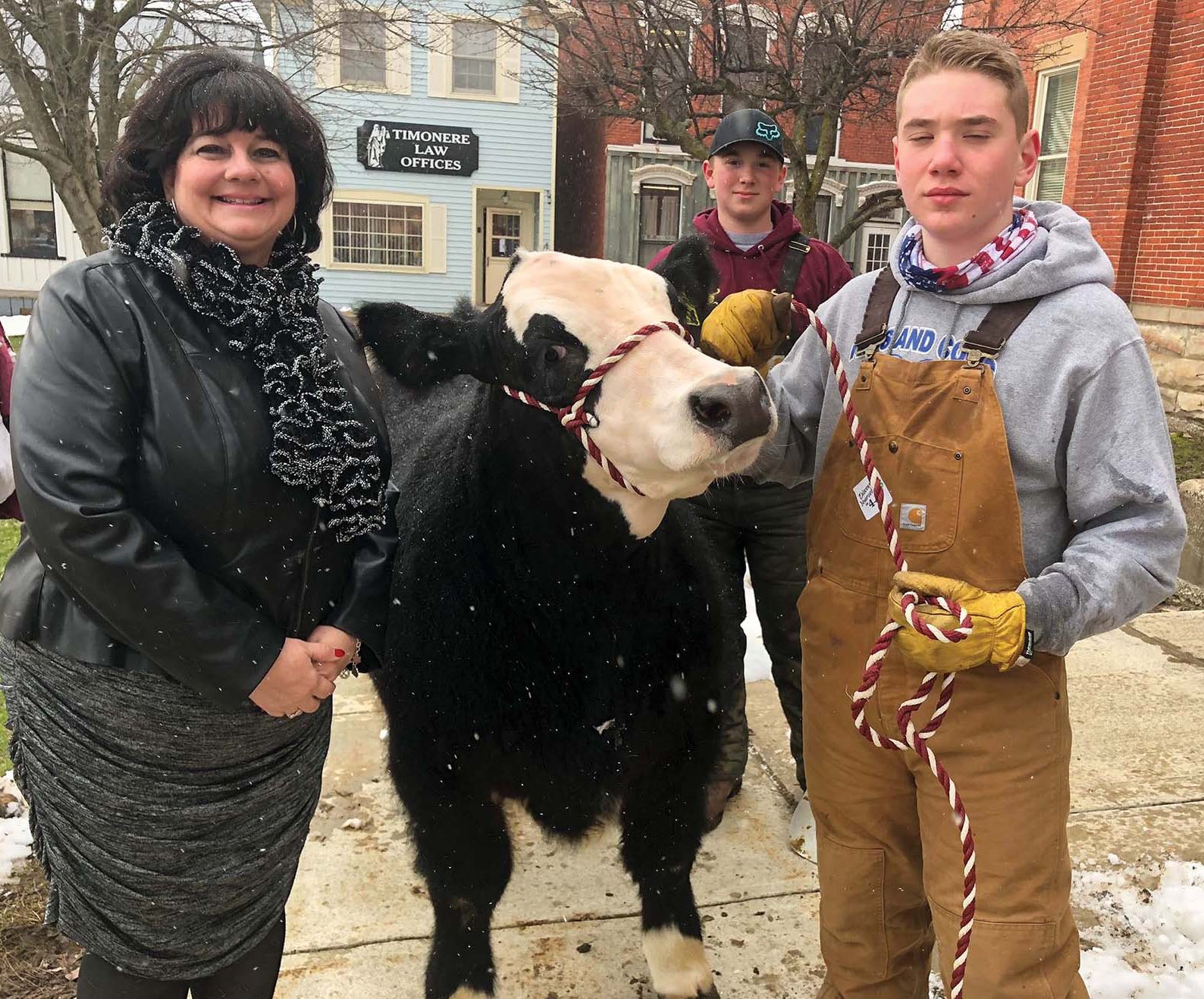
Ashtabula County Commissioner and Farm Bureau member Kathryn Whittington spent years working in children’s services. She said the money provided by an accurate census count goes to basic needs in all counties.
“These dollars come back to our community,” Whittington said, noting that of all the counties in Ohio, Ashtabula is the largest geographically, with close to 100,000 mostly rural residents.
Communicating to rural residents the importance of responding to the U.S. Census and being counted is paramount, so much so that Jefferson County Farm Bureau Vice President John Grafton is serving on Gov. Mike DeWine’s Census 2020 Complete Count Commission to help communicate the importance of the 2020 Census in rural areas.
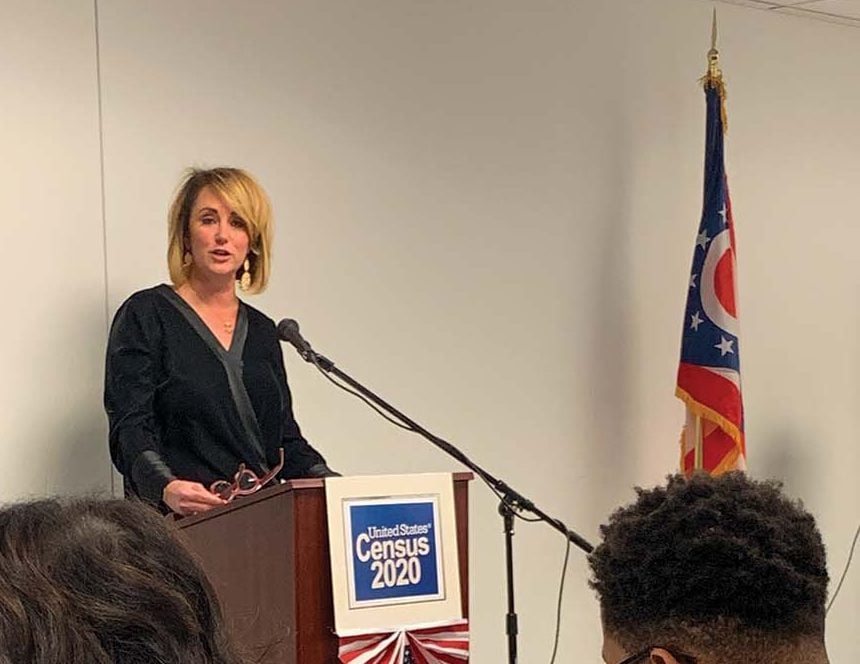
“The census affects every aspect of our lives — our most fragile populations, law enforcement — if everyone isn’t counted we will lose funding,” Whittington said.


Members have three ways to apply: contacting a certified agent, calling 833-468-4280 or visiting ohiofarmbureauhealthplans.org.
Read More

For Ohio and PJM region, the outlook is reassuring—ample reserves and strong planning should keep the power on.
Read More

The average price for a classic holiday feast for 10 in Ohio will cost $55.87.
Read More

Meet the four new members of Ohio Farm Bureau’s Young Ag Professionals State Committee.
Read More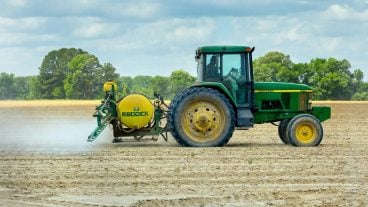
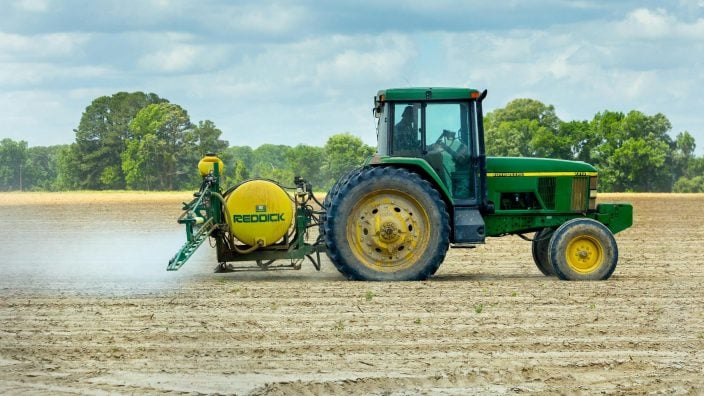
HB 10 ensures transparency around how imitation meat is labeled, along with restoring needed flexibility around the application of crop protection tools.
Read More

FBi Buildings has been delivering exceptional post-frame construction solutions for 65+ years, earning the trust of satisfied customers throughout the Midwest.
Read More

Ohio BWC industrial hygienists, safety consultants, and ergonomists can visit your farm, help spot risks, and suggest improvements that make a real difference.
Read More

Nationwide’s Grain Bin Safety campaign expands its reach, delivering grain rescue tubes and training to 62 fire departments in 2025.
Read More

Urge President Trump and Congress to act before the end of 2025 to provide immediate relief and long-term stability for America’s farmers and ranchers.
Read More
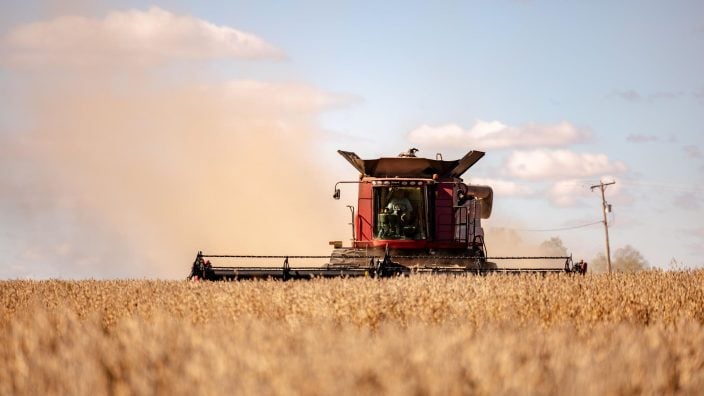
Meet Marion County Farm Bureau member Clayton Lust, a third-generation grain farmer and Beck’s Hybrids dealer, and Kelsey Bezdek, a first-generation livestock farmer and Lake County Farm Bureau member.
Read More